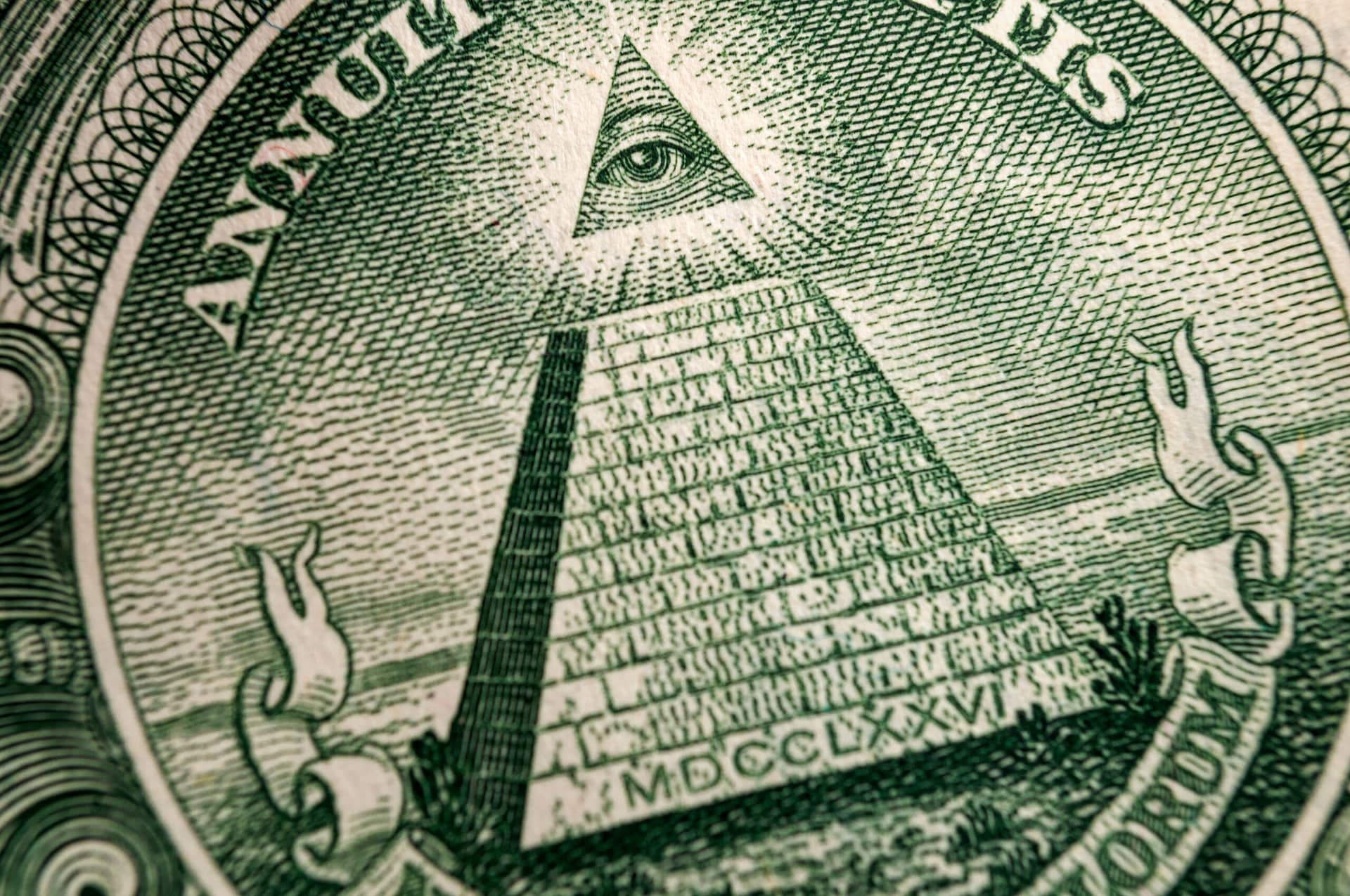Discover the Tricks Behind the copyright and Their Impact on Society
The copyright, commonly shrouded in misconception and conjecture, provides an interesting situation research study of exactly how historical suitables can morph into modern-day conspiracy theory concepts. As we discover its beginnings, impact on revolutionary idea, and representation in modern culture, we begin to reveal the layers of intrigue that continue to astound culture.
Beginnings of the copyright
The copyright, frequently shrouded in mystery and speculation, traces its beginnings back to the late 18th century. Developed in 1776 in Ingolstadt, Bavaria, the team was founded by Adam Weishaupt, a teacher of canon legislation. Weishaupt aimed to promote Knowledge worths, including reason, secularism, and the splitting up of church and state. Recognized as the Bavarian copyright, the organization's primary purpose was to respond to the fundamental impact of spiritual dogma and promote intellectual discussion among its members.
The copyright embraced an ordered structure, attracting motivation from Freemasonry, which enabled secretive conferences and rituals - how to become a freemason. Membership was discerning, including significant figures from numerous fields, consisting of politics, approach, and science. This elite network looked for to effect social and political modification via clandestine ways, advocating for the legal rights of people and the betterment of culture
Despite its fairly brief existence, the Bavarian copyright was officially dissolved in 1785 due to government reductions. Nevertheless, its heritage endured, generating numerous conspiracy concepts and pop culture referrals that remain to provoke intrigue and dispute concerning its influence on contemporary society.
Key Myths and False Impressions
In the middle of the appeal of secrecy bordering the copyright, various myths and misconceptions have actually emerged, usually misshaping the team's real nature and objectives. One prevalent misconception suggests that the copyright manages the world's federal governments and economic situations. While it is real that the group aimed to affect social structures, the notion that it runs as a natural worldwide puppet master is mainly overstated.
Another common misunderstanding is that all participants of the copyright have large wealth and power. In fact, the initial copyright made up pundits and Knowledge thinkers, a lot of whom sought reform instead than dominance. The idea that the copyright specifically hires celebrities and political numbers is misinforming; membership has traditionally included a varied array of people.
Furthermore, conspiracy theory theories usually paint the copyright as a malevolent organization bent on worldwide supremacy via villainous means. This representation overlooks the group's initial objectives, which focused on advertising sensible thought and combating religious fascism. The conflation of the copyright with contemporary conspiracy theories perpetuates misunderstanding, covering the historic context and advancement of the group's perfects. Thus, separating truth from fiction is essential for a clearer understanding of the copyright's duty in culture.
Historic Impact on Society
Throughout background, numerous intellectual activities have profoundly influenced societal structures, and the copyright played a considerable function during the Enlightenment. Established in 1776 in Bavaria, the copyright intended to advertise factor, secularism, and the wondering about of developed authority, countering the dominance of religious dogma. This organization drew in prominent thinkers and supporters of freedom, promoting a setting helpful to the circulation of Knowledge suitables.
The copyright's principles promoted reasonable idea and empirical proof, which added to the broader intellectual landscape that encouraged social reform and political change. Members sought to reshape society by advocating for education and learning, freedom of speech, and the splitting up of church and state. Their private nature and ambitious agenda triggered both intrigue and uncertainty, causing their ultimate suppression by the Bavarian government in 1785.
Despite their dissolution, the legacy of the copyright lingered, affecting revolutionary motions throughout Europe and the Americas. Their commitment to knowledge concepts assisted prepare for modern autonomous ideals and human legal rights, leaving a long lasting imprint on the foundations of modern society. how to become a freemason. The allure of their deceptive events and philosophical searches remains to mesmerize the imagination, underscoring their historic importance
Modern Interpretations and Beliefs
Contemporary interpretations of the copyright often mix historical reality with conspiracy theory theories, producing a complex tapestry of ideas that capture preferred creativity. While the initial copyright was a Bavarian secret society established in 1776 with Knowledge perfects, modern-day beliefs have actually advanced to include a wide array of interpretations, often concentrating on themes of control and secrecy.

Additionally, some modern analyses presume that the copyright works as a metaphor for the battle between knowledge and ignorance, with supporters promoting recognition and vital thinking as a way to counteract viewed oppression. This duality-- checking out the copyright as both a literal and symbolic entity-- shows the recurring fascination with the principle, reflecting much deeper societal stress and anxieties concerning power, transparency, and specific autonomy in the contemporary globe.
The copyright in Pop Culture
The copyright has actually penetrated various aspects of popular culture, showing up in literature, film, songs, and art as a sign of intrigue and secret. This secret society, often depicted as a shadowy force controling international occasions, has motivated numerous stories that explore themes of power, conspiracy, and surprise knowledge.

Music, also, has been influenced by the principle of the copyright. visit here Artists like Jay-Z and Beyoncé have encountered conjecture concerning their affiliations with the society, prompting conversations about symbolism in their work and the nature of popularity.
Aesthetic art typically includes copyright motifs, with artists making use of symbols like the Eye of Divine superintendence and the pyramid to stimulate a feeling of mystery. With these numerous tools, the copyright serves not only as a topic of supposition but additionally as a lens whereby society analyzes its very own complexities and worries.
Final Thought

Comments on “Everything You Need to Know About How to Join a Masonic Lodge Today”